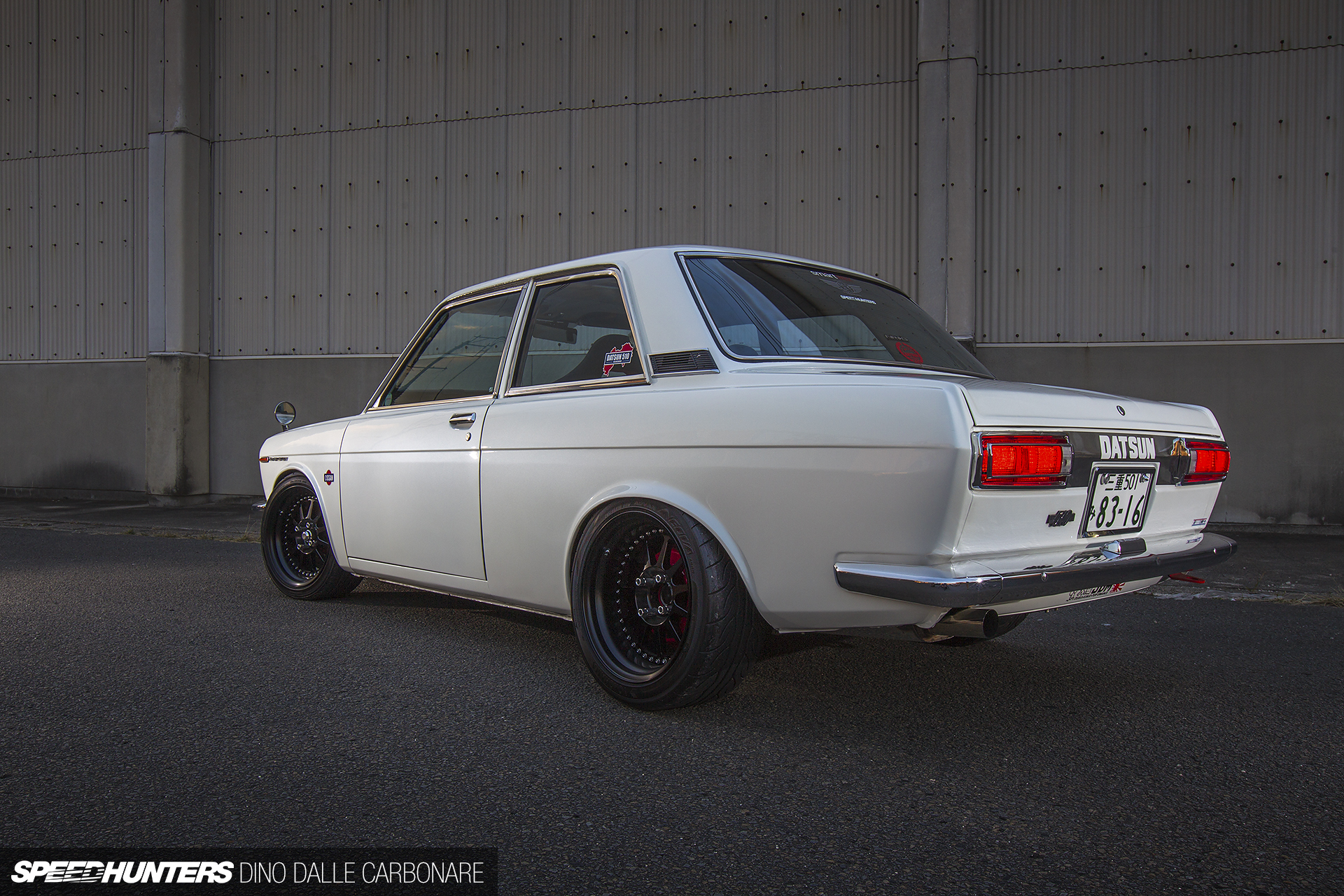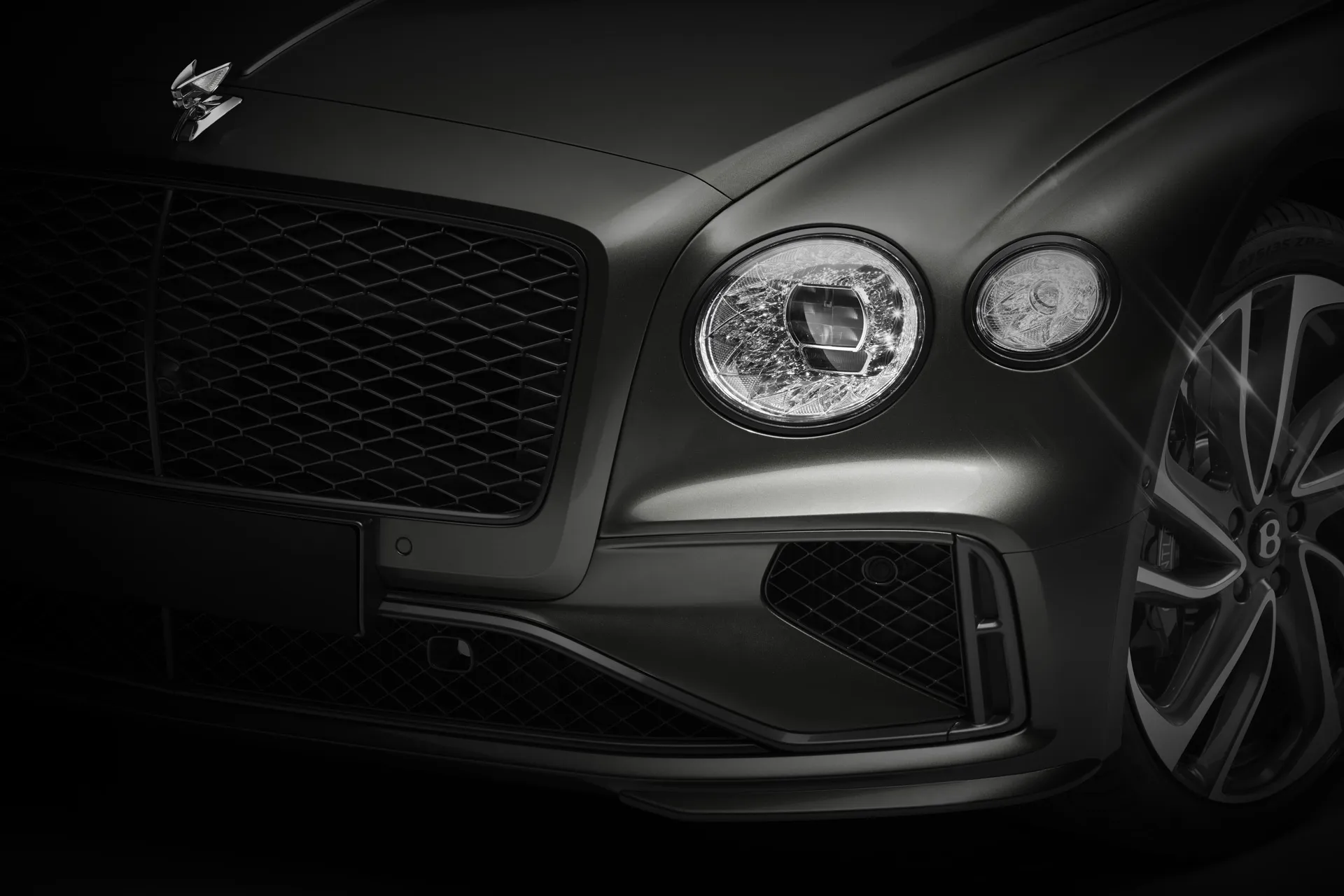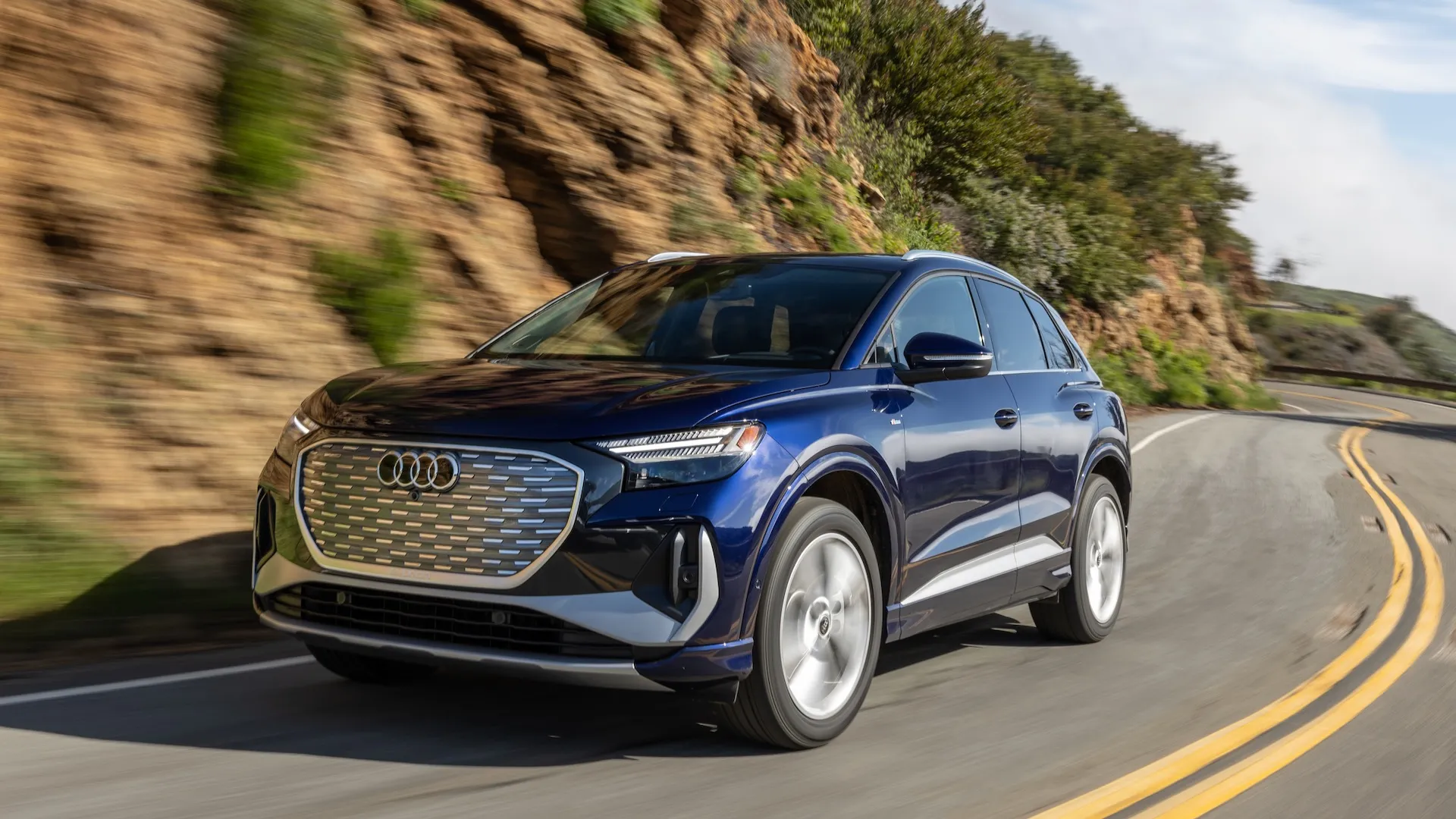
What makes a great restomod? Is it a powerful engine, cohesiveness, or the quality of the end product? Maybe it’s respect for the original design, brand loyalty throughout, or the drive-ability. Everyone will likely have a different opinion, but what we can probably all agree on is the existence of a fine line between doing just the right amount of restomodding and doing too much.
Ten years, Dino took a look at a fresh Datsun 510 coupe restomod, commissioned by a designer and built by Common Snapper. The result was something quite unique for the time in Japan, and still very cool a decade on. Let’s wind the clock back to check it out…
2014 Feature
Sugimoto, the owner of this Datsun 510 Bluebird coupe, is a designer by trade. Being a creative professional sort of dictated the car he was going to drive. Nothing oozes style like an older car and that’s a good thing because that is precisely what Sugimoto wanted to base this project on.
It just so happened that Sugimoto’s studio isn’t too far from the Common Snapper workshop, where Nori Miyamoto has for years been building some of the most unique kyusha in Japan. This is a place I’ve been meaning to get to for quite a while because Nori-san is one of a select bunch of individuals in Japan who has managed to create a very distinct personal style – one that is instantly recognizable.

Nori-san’s cars speak for themselves, which is probably what had Sugimoto-san call on him for his services. There was a rather long list of objectives that had to be met with his little 510, the first one being about style. The car had to appear simple and very stock-looking, yet imply to those in the know that it had been fettled with in all the right places. With such an iconic shape – which even Nissan themselves are thinking of embracing again if the recent IDx concept is anything to go by – it was a question of hitting all of the subtle details in the right way.

Things like the fender mirrors. Some people replace them with regular door-mounted items or aftermarket carbon ones but here the stock ones have been left just where they were from the factory. Maybe a little buff job to polish the tarnished chrome but the idea here was not to mess with simplicity.

Next up is the first restomod touch we come across. The 510 has been lowered on a set of Common Snapper adjustable suspension to strike the right balance between stance and handling.

The wheels too are from Common Snapper, Nori’s very own design from the Barramundi Wheels line he has created. His wheels are built by Work and on this particular Eleven model, sport a black anodized lip with a satin black center. They are fitted in 16×7-inch up front and seem to barely contain the Wilwood braking upgrade which has been custom-ordered in anodized red to stand out behind the black spokes. Sugimoto selected Yokohama Advan Neova AD08 rubber all round as it’s his favourite tyre at the moment.

The ‘Ossan’ badge – styled like the old Nissan emblem is a bit of a joke. Ossan is a derogatory Japanese term that translates as ‘old man’. When asked why he applied this to his fenders, Sugimoto simply replies he’s an ossan, so that’s why he sports it with pride!

The rear wheels are one inch wider than the fronts and Neova AD08 rubber makes an appearance here too, in the same modest width of 195/45R16. The same red anodized look has been applied to the rear drum brakes to help balance that infusion of color which is pretty much the sole one along the whole white exterior.

To get the rear to sit just right, the fenders were slightly flared, extended and smoothed to fall right over the tyre’s sidewall. It’s a small touch that’s so well-executed, that you have to wonder if it was there from the factory or added later on.

Along with the Barramundi logo, Sugimoto-san also proudly displays the name of his design studio on the Bluebird’s windscreen.

The execution truly is commendable, the clean and simple approach making the car stand out more than one that boasts more extreme visual upgrades like overfenders.

A little tip of the hat to BRE’s Peter Brock is given up front with the only true exterior addition – the bucktooth lip spoiler – which helps the car look a little lower and a little more menacing when viewed front-on. The projectors have been equipped with slightly brighter bulbs – always an area where vintage cars fail miserably – which give that curious blue and yellow tint to the lenses. Satisfied with the looks, Sugimoto did make a little special request to Nori and that was about performance. He wanted decent power but delivered in a fun and modern fashion, and that’s precisely what makes this 510 rather special.

Sending drive to the rear wheels is an F20C borrowed from a Honda S2000. The longitudinally-mounted VTEC unit fits like a glove in the Datsun’s compact little engine bay; that unmistakable cam cover makes you instantly wonder what 250 high-revving horses will feel like propelling 900kg of Datsun 510.

But it doesn’t end there. We still have to look at the details that complete this most awesome of swaps – things like the cold air intake that is shaped so that the paper cone filter fishes only the coolest of air entering the engine bay. Or the custom headers, hand fabricated out of Inconel from a shop in Suzuka that in the past used to make F1 manifolds.

The F20C was swapped over along with the S2000’s 6-speed gearbox, so it’s just as much of a pleasure to select gears through the tight and precise shifter. A full AP1 harness and ECU were also part of the swap, helping keep things easy. ‘Simple’ was the operative word in this project, despite the complexity of shoehorning a different motor into the car.

The best thing of all is that of course when you close the hood, you would never know what lies beneath.

Call Sugimoto’s car a more modern take on what the 510 used to offer back in the 1970s. The kyusha style remains but it is joined by a host of newfound capabilities serving as a perfect example of that restomod approach we were talking about earlier.

All of this extends into the cabin too, every touch adding to the car’s drivability and comfort rather than taking away from it with unneeded details and alterations. The R33 GT-R seats for example are Nissan items, so a fitting upgrade and one that helps keep Sugimoto and his passenger nicely supported through the corners and at the same time comfortable on those day-to-day drives.

With the newfound handling characteristics, not to mention the performance that makes the car a little wilder to tame, there was a preference to move to a modern Momo steering wheel, its chunky rim custom-wrapped in leather and the spokes in carbon-look vinyl.

Along with the F20C and wiring loom, the S2000’s digital instrumentation was also carried over and it’s by far the detail that not only makes the car’s cabin so special but adds that touch of completeness to the Honda infusion. Custom Alpine audio was also added along with a navigation system.

Do those HVAC controls look familiar? That’s because they too are from the S2000 that donated everything else I’ve listed so far.

The 510 probably is one of the most popular platforms for restomod-type builds, and with the kyusha trend gaining more popularity in Japan, it will be cool to see what other interesting takes guys like Nori at Common Snapper will take in the future.
Dino Dalle Carbonare
Instagram: dino_dalle_carbonare
dino@speedhunters.com
Credit : Source Post






